- Top
- Culture
- Annual Event
- Higan
The equinoctial week of spring
What Japanese do in Higan!?
The equinoctial week of spring called Higan is known as the week many Japanese visit a grave of one's ancestors with thanking in March. They visit especially the middle three days of this week in the past, most of them visit the weekend of this week now. That of autumn is also the week they do in September.
Higan originally meaned opposite side, and it derived the world of enlightenmen in Buddhism. People visit a grave for praying to be going to go the world of enlightenmen because people who believe Pure Land sect of Buddhism will go the world of enlightenmen after death. Some temples held a Buddhist memorial service and festival in this week.
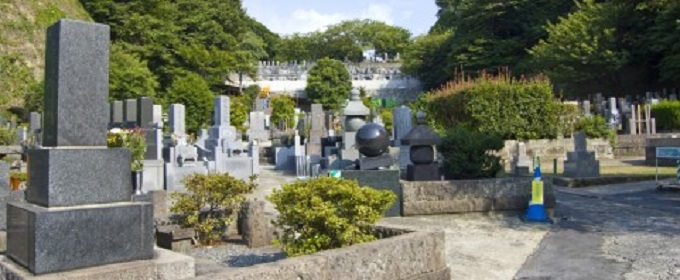
Many Japanese except young people visit a grave in this week, but that is only Japanese custom. Many buddhist in other ther countries don't visit a a grave in this week. Japanese in the past praised the nature and took care of animals tenderly in the middle day of this week called Shunbunnohi. They also respected their ancestors in the middle day of this week of autumn called Shuubunnohi. Visiting a grave in this week is influenced these Japanese culture.
By the way, there is a custom to offer and eat Botamochi. Botamochi is a soft rice cake covered with sweeted bean paste. It is named from spring flower Botan which is a paeony, mochi means rice cake in Japanese.On the other hand, Ohagi is eaten in the equinoctial week of autumn. It is named from autumn flower Hagi which is Lespedeza(Japanese bush clovers).
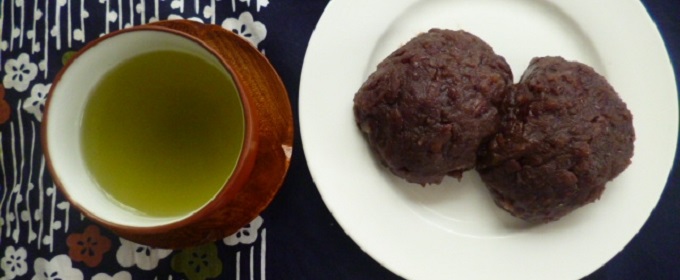
Many Japanese think it is same, but some of them think Botamochi has smooth bean paste and Ohagi has bean paste containing beans intact. These are sold in grocery stores or convenience stores or Japanese-style confectionary stores, and are priced at around 100yen(one dollar).
You can experience Japanese culture through Botamochi if you travel Japan in March.
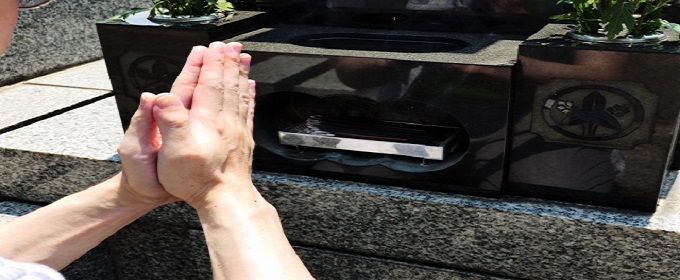
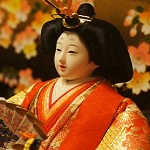 Hinamatsuri
Hinamatsuri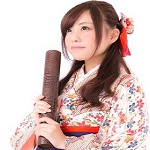 Graduation
Graduation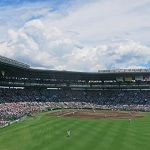 Baseball
Baseball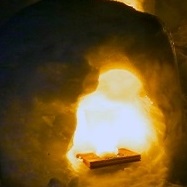 Kamakura Fes
Kamakura Fes